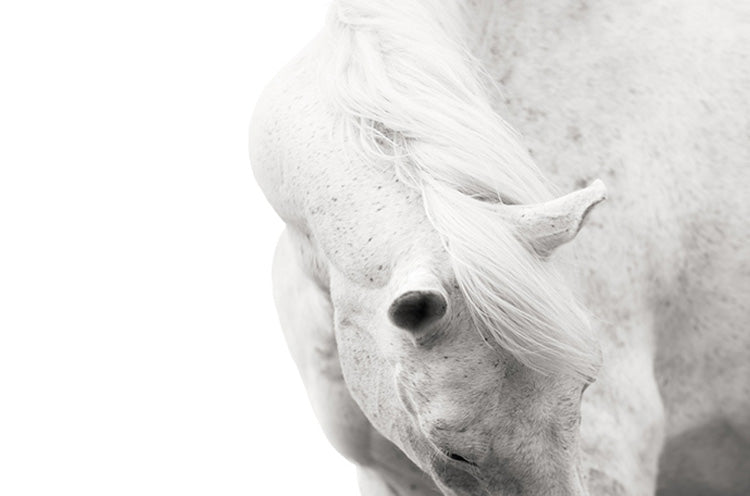Overexertion often leads to joint inflammation
We have learned that the most common cause of lameness and joint inflammation is overexertion. We also know that repeated joint inflammations and substandard recovery in the long run cause osteoarthritis.
This applies to horses and dogs as well as humans. So what actually happens in the joint when it becomes overstrained?
Professor Eva Skiöldebrand is one of our foremost researchers on the horse's joints
We met Professor Eva Skiöldebrand, one of Sweden's foremost researchers on equine joint health. During our meeting, we asked the question, among other things: What actually happens in the joint during overexertion and how can I work preventively to prevent it from occurring?
What happens in the ranks?
When a joint is overexerted, a process occurs where the joint's cells break down faster than they can regenerate. It is difficult to answer exactly what is happening because the trail is extremely complex. The joint is made up of various structures such as synovial fluid, cartilage and joint capsule, and we cannot look into them at the time of overexertion and say exactly which ones are affected. So we do not know which structures are involved. The inflammation that occurs can start in any part of the joint.
What we do know is that when the cells in the cartilage break down, scar tissue and cartilage holes form. This means that in the event of recurrent inflammation in the cartilage, it will break down even more and even faster. The inflammation behaves much like small scissors that cut the cells in the various structures of the joint and thus breaks down the joint during a slow process.
Joint inflammation acts like little scissors that cut the cells
A long-term consequence of repeated inflammation is osteoarthritis, which means that the cartilage in the joint has broken down to the level where there is no longer any protective surface left. Osteoarthritis is extremely painful and unfortunately currently incurable. The cartilage can never be rebuilt in the joint and for this reason it is of the utmost importance to prevent inflammation in the joint cartilage, says Eva.
How can I work preventively?
Through varied training, varied surfaces and riding in balance with a lot of walking, you can actively help the joints from the saddle. says Eva. Get to know your horse's normal condition to be able to see early signs that something is wrong. I also recommend supporting with joint supplements that have high molecular weight hyaluronic acid.
Vary the training, vary the surface & ride in balance
Friska Leder has two joint preparations that are given as a daily supplement for preventive purposes. Conquer 200Pro increases the levels of high-quality synovial fluid in the joint, which protects the cartilage surfaces from impingement and damage during exertion. Chondrogen 100Pro contains more substances to provide broad protection for both joint fluid and joint cartilage. For high performance horses or horses with a previous injury history, we recommend a combination of Conquer 200pro and Chondrogen 100pro.
If you have a horse with an ongoing joint inflammation, you should initially give a course of Conquest Start Up and Conquest Follow Up and then switch to one of our preventive products.
If you have any questions or feel unsure about which product suits your horse best, don't hesitate to get in touch!



Leave a comment
This site is protected by hCaptcha and the hCaptcha Privacy Policy and Terms of Service apply.